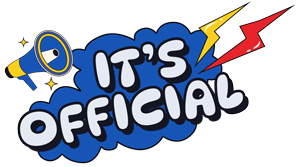
It’s Official.
PLANETS 2.0 Curriculum Versions have launched!
The NASA-sponsored PLANETS project, led by Northern Arizona University (NAU), is pleased to announce the official launch of three free out-of-school time units that give diverse learners in grades 3-5 and 6-8 the chance to do real planetary science and engineering. These units are supported by comprehensive educator guides, videos, and resources.
PLANETS (Planetary Learning that Advances the Nexus of Engineering, Technology, and Science) has designed three units: Space Hazards, Water in Extreme Environments, and Remote Sensing. The units have complementary engineering and science pathways that can be taught on their own or together. Subject matter experts in planetary science from the USGS Astrogeology Science Center were involved in every part of developing the activities, working with STEM education experts from NAU, the Boston Museum of Science, and WestEd to ensure the activities are educational, engaging, and accurate.
PLANETS designed the units with particular attention to language learners, Indigenous learners, and learners with differing physical abilities. The units have been tested extensively with these audiences and revised based on their feedback. PLANETS provides a practical guide for out-of-school time educators with useful advice to effectively teach all students. All units also include educator background on the subject matter, as well as videos, and many useful tips and links to relevant NASA projects and resources.
![]()
All PLANETS materials are available free of charge at https://planets-stem.org/.
The PLANETS project was supported by the NASA Science Activation (SciAct) program.
This material is based upon work supported by NASA under cooperative agreement award number NNX16AC53A. Any opinions, findings, and conclusions or recommendations expressed in this material are those of the author(s) and do not necessarily reflect the views of the National Aeronautics and Space Administration (NASA).
